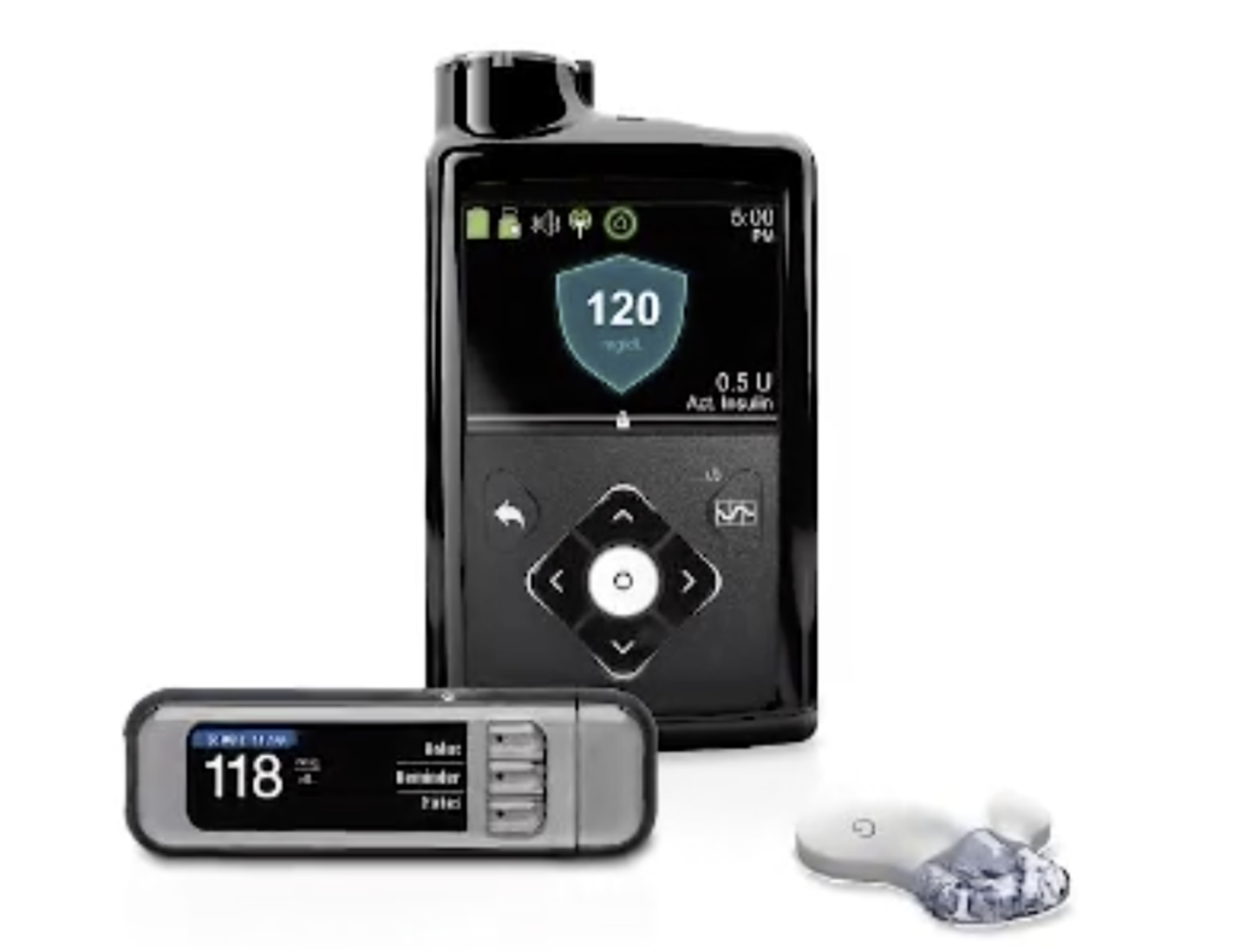According to the U.S. Food and Drug Administration’s (“FDA”) Center for Drug Evaluation and Research, a generic drug is a drug product that is comparable to brand/reference listed drug product in dosage form, strength, route of administration, quality and performance characteristics, and intended use. Although generic drugs are generally cheaper, since the FDA requires that the warning labels of generic drugs be identical to their brand-name counterparts, generic drugs have essentially been granted immunity to civil action resulting from the use of their drugs.
Unfortunately for consumers of generic drugs, a recent U.S. Supreme Court decision furthered strengthened this generic drug manufacturers’ immunity, finding that design defect law claims in state courts based on the adequacy of a drug’s warning are pre-empted by federal law. As explained below, the ruling not only creates an inconsistency in product defect law, but it also all but ensures that generic drug makers will not be held accountable for product defects, marking a victory for both drug industry and the FDA.
In Mutual Pharmaceutical Co. Inc. v. Bartlett, Ms. Bartlett suffered a severe reaction to the generic pain reliever drug, sulindac, made by Mutual Pharmaceutical Co. Inc. (“Mutual”). Even though Ms. Bartlett’s doctor prescribed her the brand name of the non-steroidal anti-inflammatory drug (NSAID), Clinoril, for shoulder pain, her pharmacist dispensed the generic form of the pain reliever instead. The drug caused her to develop toxic epidermal necrolysis (TENS), which led to 60 to 65% of her skin to either burning off or becoming an open sore. The condition left Bartlett disfigured, disabled and nearly blind.
Bartlett thereafter filed suit against Mutual in federal court in New Hampshire alleging that the generic drug, sulindac, had a design that made it dangerous for use. Like Texas law, New Hampshire law imposes a duty on manufacturers to ensure that the drugs they market are not unreasonably unsafe. A drug’s safety is evaluated in part by the adequacy of its warnings. Notably, at the time that Bartlett was prescribed the drug, sulindac’s label did not specifically refer to TENS or Stevens-Johnson Syndrome, another form of TENS.
The New Hampshire state court agreed with Bartlett, finding the generic drug was unreasonably dangerous and awarded Bartlett $21 million in damages. The Court of Appeals for the First Circuit affirmed. Nonetheless, focusing on the fact that Bartlett was provided the generic version of the drug, the U.S. Supreme Court held that the Federal Food, Drug and Cosmetic Act preempts state-law design defect claims against manufacturers of generic drugs. As a result, the U.S. Supreme Court reversed the decision of the Court of Appeals. If, however, Bartlett had been dispensed the brand name version of the drug, she would have had a cause of action against the brand name drug manufacturer, and would have been able to recover damages for her injuries.
Continue reading →

 Texas Injury Lawyers Blog
Texas Injury Lawyers Blog



 Vaccines are one of the most effective ways to prevent the spread of infectious diseases throughout the world. The overwhelming majority of people who receive vaccines do not experience serious problems, and the benefits greatly outweigh the threat of risk. However, similar to the risks associated with natural supplements and other pharmaceuticals, some vaccine recipients may suffer adverse reactions. Depending on the nature and circumstance of the injury, victims may file a Texas medical malpractice or pharmaceutical error lawsuit. Further, the National Vaccine Injury Compensation Program (VICP) provides compensation to individuals who have suffered injuries from certain vaccines.
Vaccines are one of the most effective ways to prevent the spread of infectious diseases throughout the world. The overwhelming majority of people who receive vaccines do not experience serious problems, and the benefits greatly outweigh the threat of risk. However, similar to the risks associated with natural supplements and other pharmaceuticals, some vaccine recipients may suffer adverse reactions. Depending on the nature and circumstance of the injury, victims may file a Texas medical malpractice or pharmaceutical error lawsuit. Further, the National Vaccine Injury Compensation Program (VICP) provides compensation to individuals who have suffered injuries from certain vaccines.